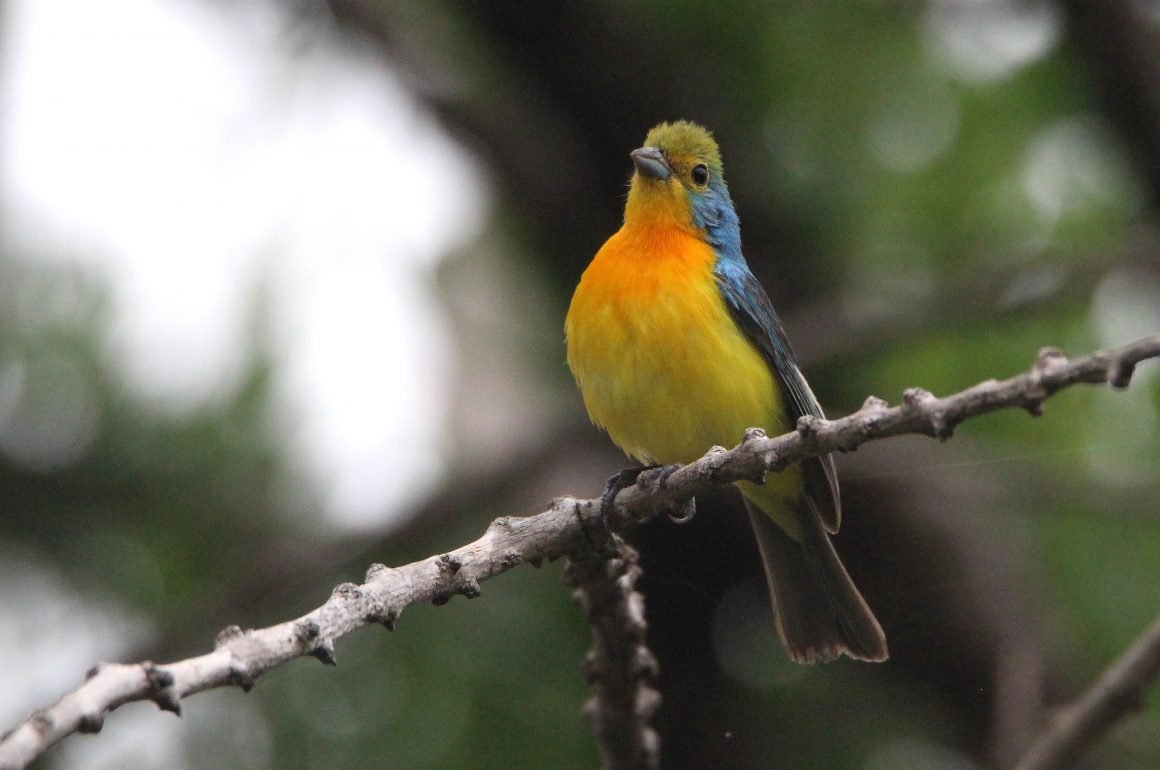
Twice a year, in February and July, I make a pilgrimage to the Hot Country (Tierra Caliente) thorn forest zone around Paso Ancho, Michoacán. Of course, I also go there several other times each year; I have, after all, seen 160 species at this endemic-rich site. But I never, ever miss a February and July in Paso Ancho.
The reason for this annual pilgrimage is a single species, the Sinaloa Martin. The first words describing this species in Wikipedia are “poorly-documented”. Before 2015, when I first saw it in Paso Ancho, it had only been reported twice on eBird outside of its Sierra Madre Occidental breeding range: once from Taxco, Mexico, and another report from Nicaragua. Neither of those previous reports included photos, although both had very convincing descriptions of the sightings. All sightings southeast of the species’ Puerto Vallarta-to-Los Mochis breeding area are of migrating birds.
Thankfully, I was able to take a clear photo that first day of one of my Sinaloa Martins. Considering my photographic abilities and equipment of the time, it’s not a bad image, especially for a bird on the wing:
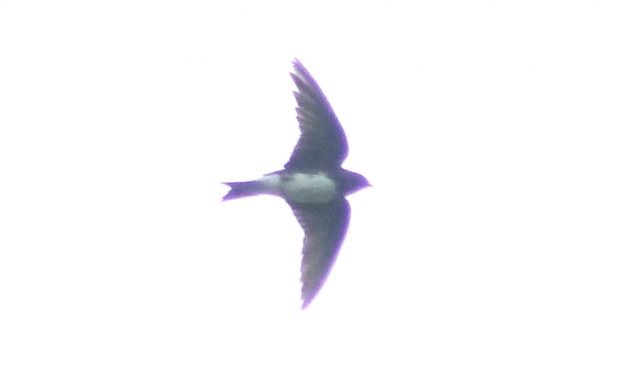
Many, many subsequent visits convinced me that Sinaloa Martins are only seen in Paso Ancho during migration, and that this migration occurs around February and July. I have now seen and photographed this species there in February of 2016, early August of 2020, and in July of 2015, 2016, 2018, and now, 2021. (In a fascinating footnote, no one knows where Sinaloa Martins spend the winter.)
I really wish I could show you a quality photo from this month’s outing. But it was a cloudy day following a rainy night (great conditions for Martin sightings, bad for photography of flying birds), the Martins were mixed in with a good number of Barn Swallows, Cliff Swallows, and Chestnut-collared Swifts, and hey, photographing Swallows on the wing is just horribly hard. If it weren’t for the Martin’s distinctive W-shaped tail, I could easily have mistaken this nondescript female Sinaloa Martin for a Cliff Swallow:
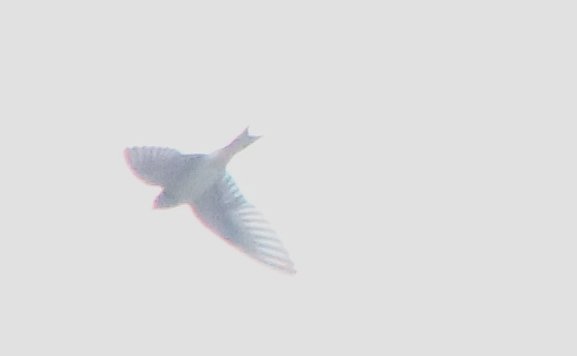
That’s a Sinaloa Martin tail…
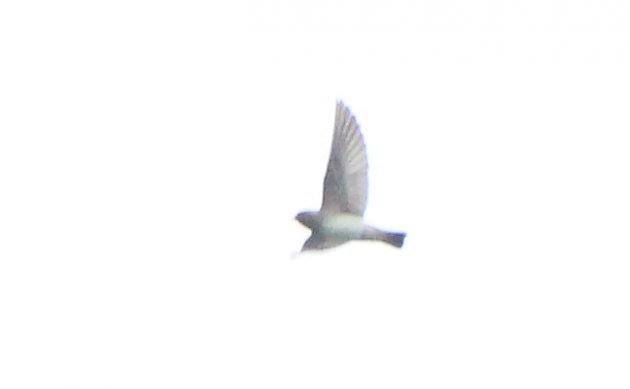
While this tail let’s me know this was a Cliff Swallow.
Now, I was delighted to be able to add one more Sinaloa Martin sighting to my list. But I can hardly publish this post with only these substandard Martin/Swallow photos. So I’ll share a few other species with you as well.
I’m not usually a fan of showing many photos of the same species in a single post. But when the birds in question are Buntings, I’m happy to make an exception. The day’s low light levels didn’t do much for the electric blue colors on the backs of Paso Ancho’s Orange-breasted Buntings, but boy, they really made those orange breasts pop! And these glorious birds were especially evident that day, as well.
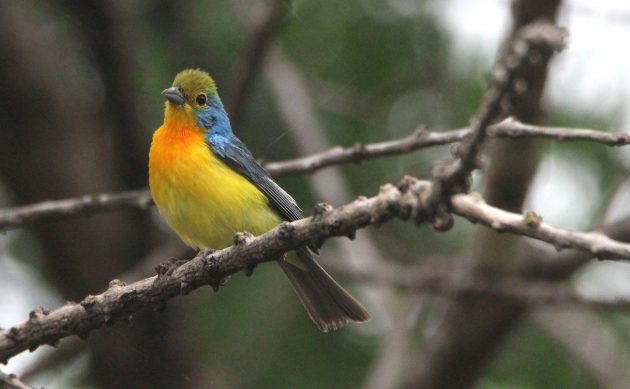
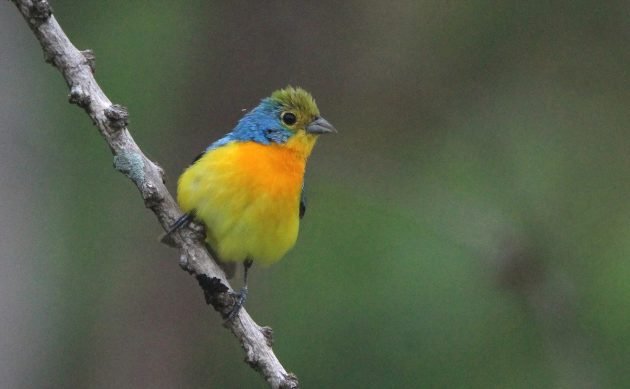
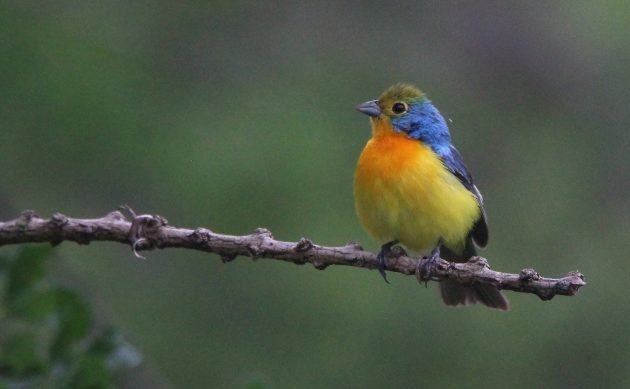
Are those enough Orange-breasted Buntings?
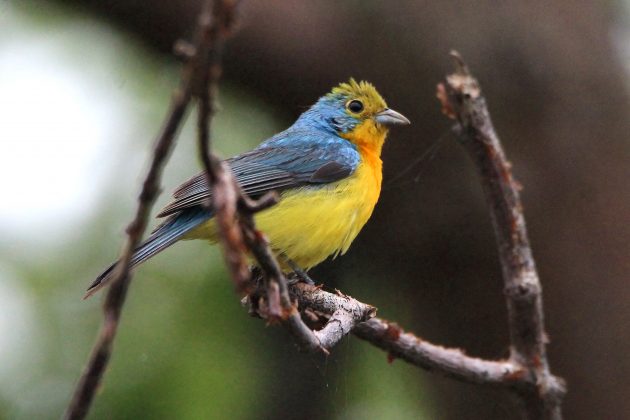
I didn’t think so.
It was a good day for birds looking straight at me and my camera. Perhaps I need a disguise.
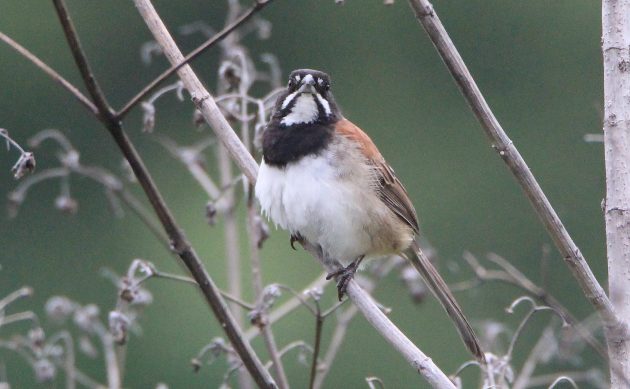
Black-chested Sparrow
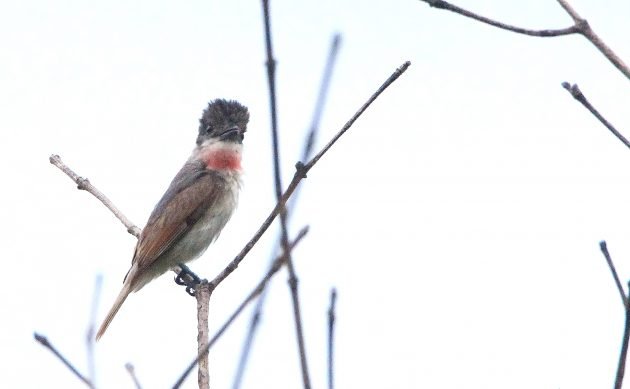
Rose-throated Becard
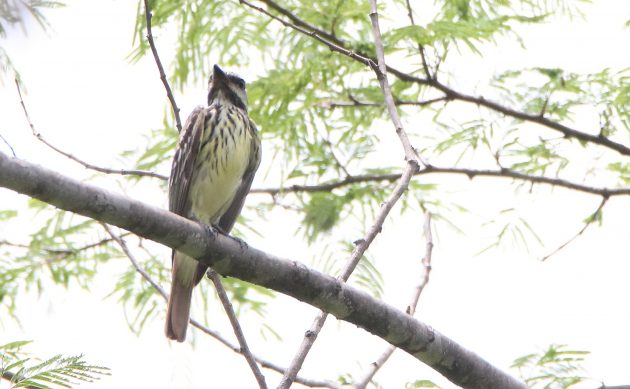
Sulphur-bellied Flycatcher
It is a bit self-indulgent of me to show more Yellow-winged Cacique (ka-SEE-kae) photos, since I showed quite a few with my last Paso Ancho report. But I thought you might like to see one of their nests, since they are quite impressive. I obviously couldn’t get up there to measure this nest, but I would guess it was two or three feet long. And yes, it was occupied.
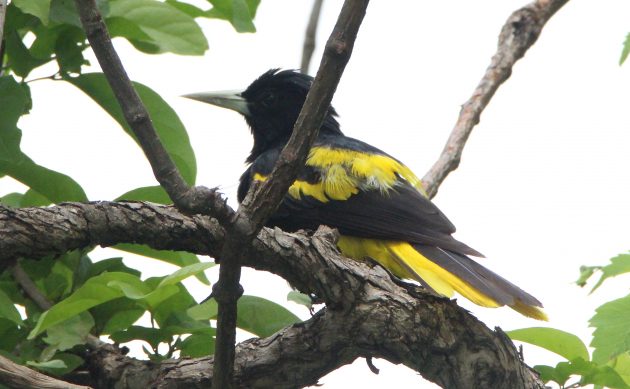
This is the Cacique.
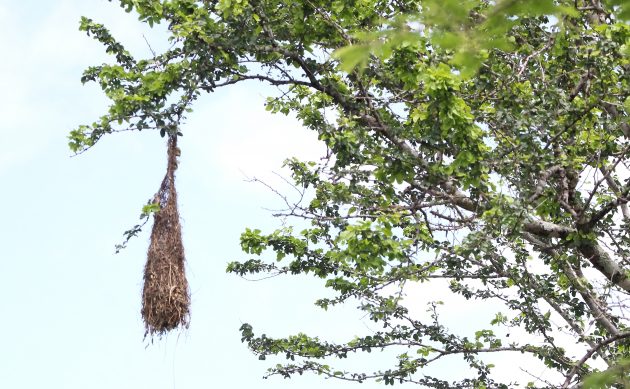
And this is its nest.
These days, I never seem to resist the temptation to include some non-feathered creature that drew my interest. You might think that down here in Mexico we see tarantulas all the time. And we do, in fact, have some scrawny members of the family here in Morelia, but they hardly deserve the name. This fellow, however, was the real deal. He was around two, maybe three inches long. Not that I measured him, of course.
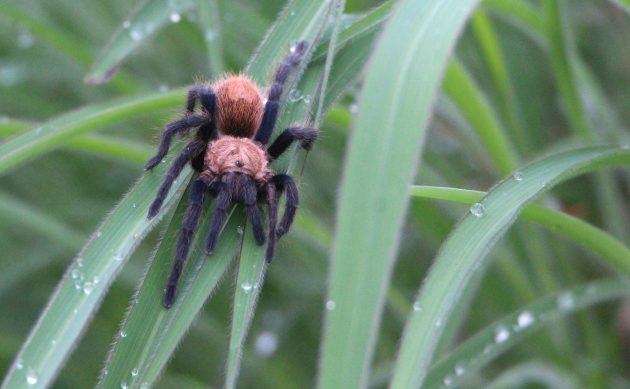
Nothing like a tarantula to remind you that you are in the Hot Country.


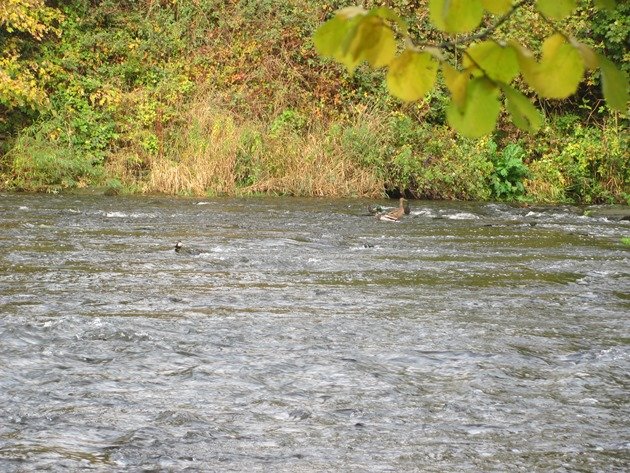
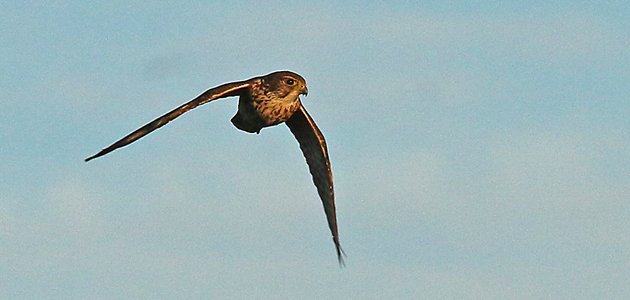
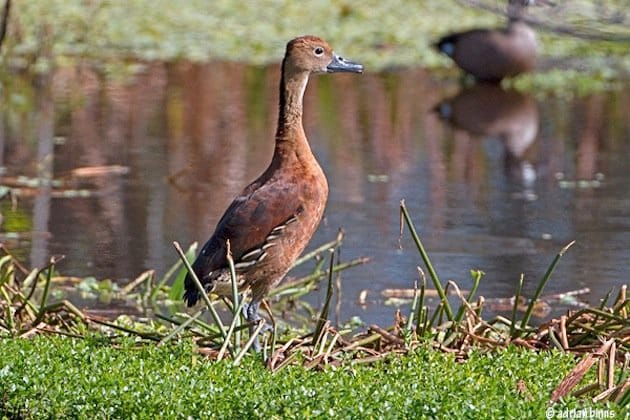

 New writers welcome – please contact us for details.
New writers welcome – please contact us for details.

















Leave a Comment